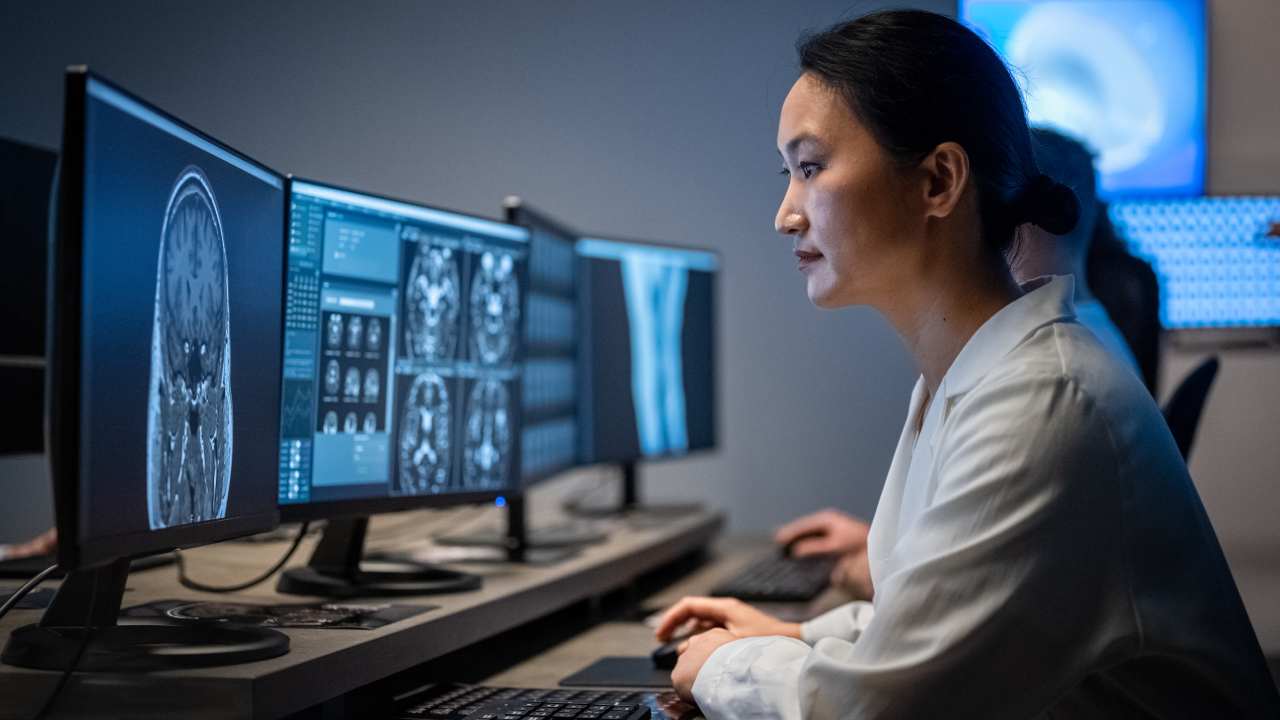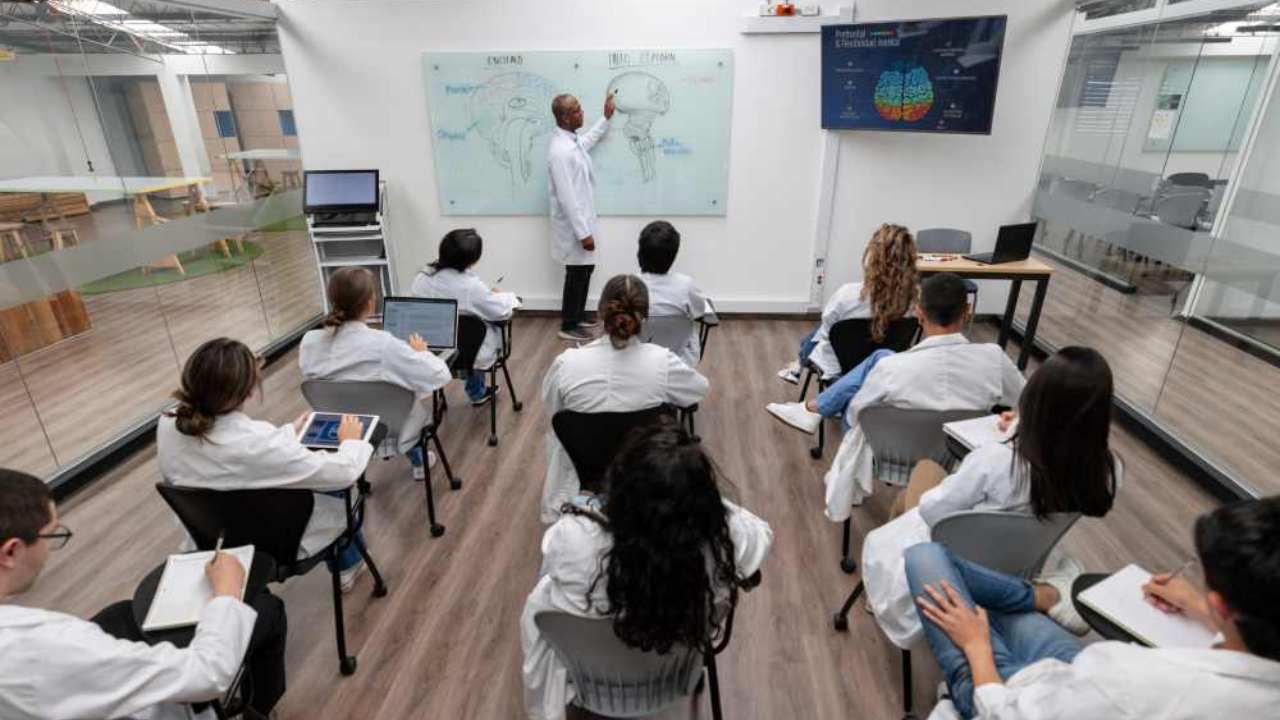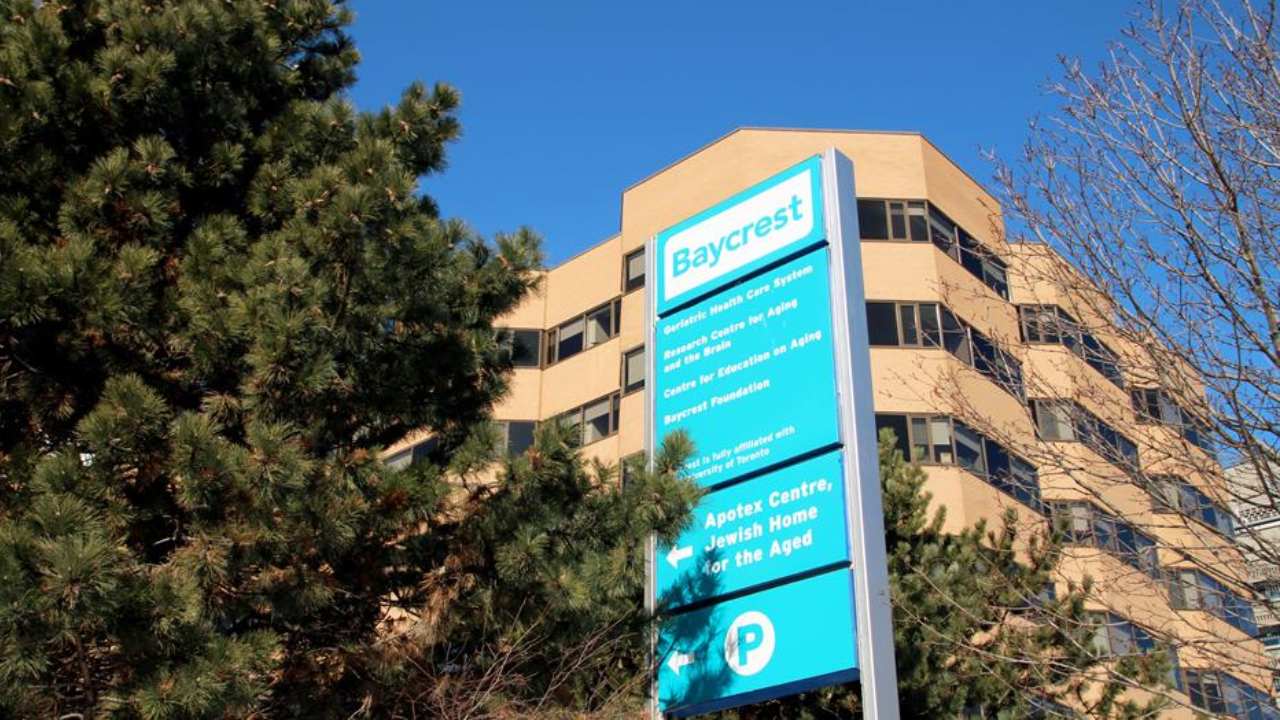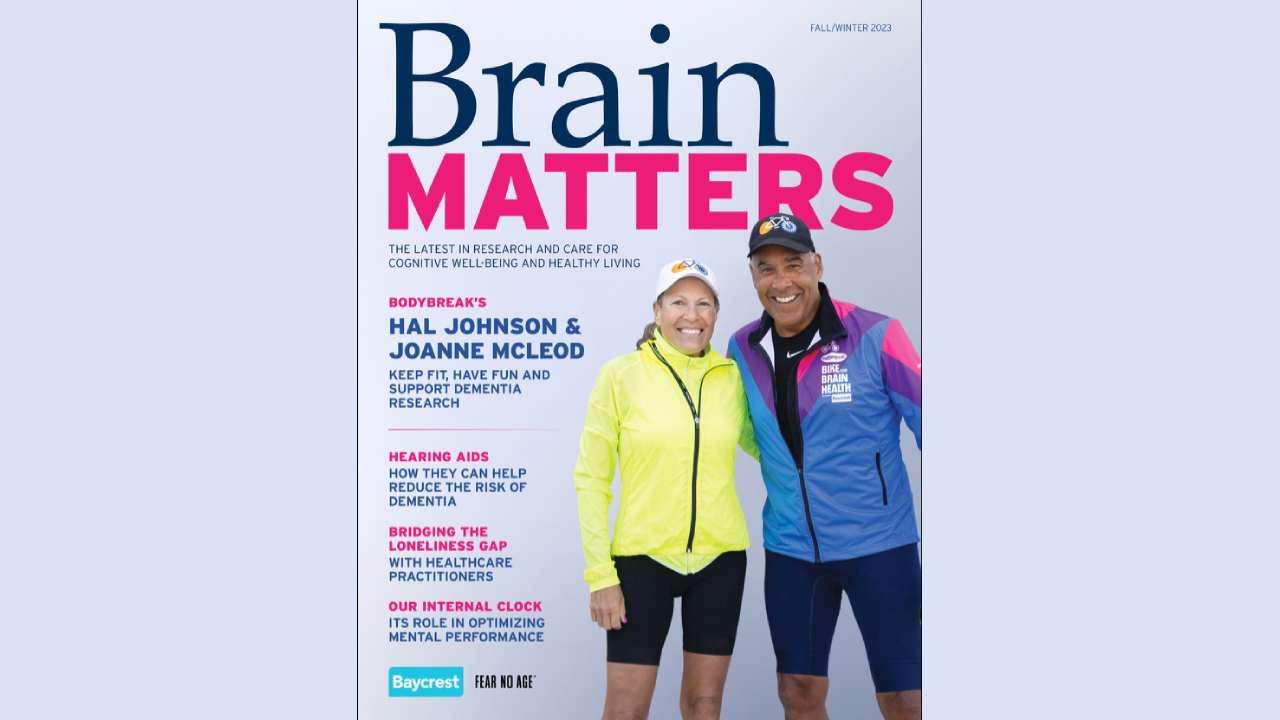
Here’s something that might surprise you: 40% of dementia cases are entirely preventable. This isn’t about some far-off cure—these are simple adjustments you can start making today to protect your brain as you age tomorrow.
Dementia prevention isn’t just about one thing; it’s about addressing several key areas—what researchers call the 5 domains of dementia prevention. These include cognitive stimulation, physical exercise, social engagement, mental health, and even diet. The more you engage in activities that support these domains, the better your chances of preventing cognitive decline. But here’s where dance gets interesting: There are activities that tick multiple boxes known as cross-domain activities. An activity like dancing works your body, challenges your brain, strengthens social bonds and can be proven to boost your mood
In this post, we’ll break down how dance sashays into each of these dementia prevention domains, and why it’s one of the most enjoyable ways to stay sharp and protect your mind.
How Dance Can Stimulate Cognition
Dance is far more than just following a beat; it requires complex mental engagement. Learning new choreography, remembering steps, and navigating spatial relationships activate various parts of the brain. This type of cognitive stimulation is essential in preventing cognitive decline.
Studies show that activities requiring learning and memory—like dance—can stimulate neuroplasticity, the brain’s ability to form new neural connections. This enhanced brain activity helps keep the mind sharp and can even delay the onset of symptoms in those at risk for dementia.
Moreover, dancing often incorporates rhythm, timing, and coordination, which engage the brain’s motor and sensory systems, further supporting cognitive function and strengthening memory pathways. For people with early signs of dementia, dance can offer a structured yet creative environment to challenge their minds in enjoyable and motivating ways.
How Dance can Provide a Full-Body Workout
Physical activity is one of the most important modifiable risk factors for dementia prevention. Regular exercise has been shown to increase blood flow to the brain, improve neurogenesis (the creation of new neurons), and reduce the risk of cardiovascular diseases—conditions that are strongly linked to dementia.
Dance provides a cardiovascular workout that also enhances balance, flexibility, strength, and coordination. By engaging multiple muscle groups and improving body awareness, dance also helps prevent falls and injuries in older adults.
Additionally, dance’s weight-bearing movements help maintain bone density, while the rhythmic, repetitive movements improve joint mobility and overall muscle tone.
Social Connection Through Movement
Social isolation and loneliness are major risk factors for dementia, with studies showing that people who remain socially engaged tend to have a lower risk of developing cognitive impairments. Dance, especially when performed in groups, fosters a sense of community and provides opportunities for interaction and connection.
Social dance forms like ballroom, swing, or line dancing encourage participants to interact with others, whether they are learning together, socializing before or after class, or working with a partner or teams.
Moreover, dance often requires communication and cooperation with others, whether it’s synchronizing movements or responding to cues. This social engagement helps maintain mental flexibility and emotional health, two factors that contribute to dementia prevention.
Dance as A Creative Outlet for Stress
Chronic stress and mental health conditions like depression have also been linked to an increased risk of cognitive decline and dementia. Dance offers a unique opportunity for emotional expression, allowing individuals to release stress and improve mood in a creative yet physical way.
The joy of dancing releases endorphins and other “feel-good” hormones, which can reduce anxiety and depression. This natural mood boost is essential for overall brain health, as it encourages emotional regulation and combats the negative effects of chronic stress.
Furthermore, the mindfulness aspect of dance—quieting mental clutter to focus on the music, the movements, and the flow of the body can help calm the mind and improve mental clarity.
Dance is for Everyone
The beauty of dance is in its accessibility and versatility. From high-energy Zumba to slow-paced ballet, social dances to solo routines, the options are endless for people of all ages and fitness levels. Dance isn’t just about hitting the dance floor; chair dancing is a fantastic option for those with mobility challenges or disabilities, allowing everyone to experience the benefits of movement through music. Whether you’re joining a dance class, grooving at home, or just shimmying around to your favorite tunes, you’ll be “bopping” your way to better brain health in no time!
Related Articles: Brain Matters









